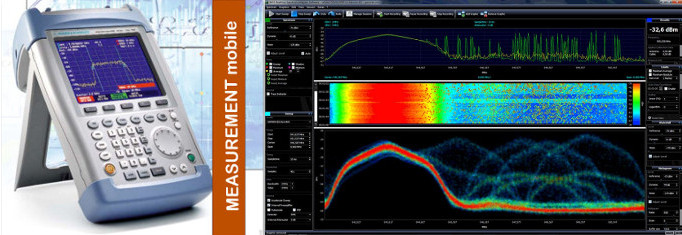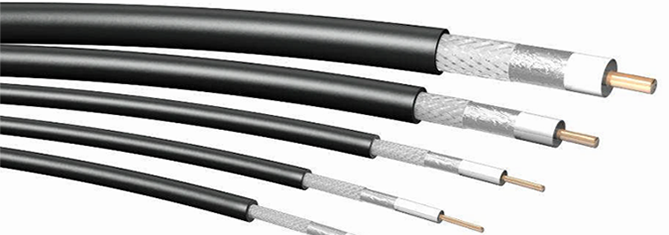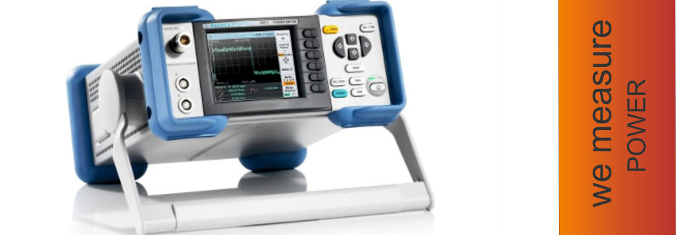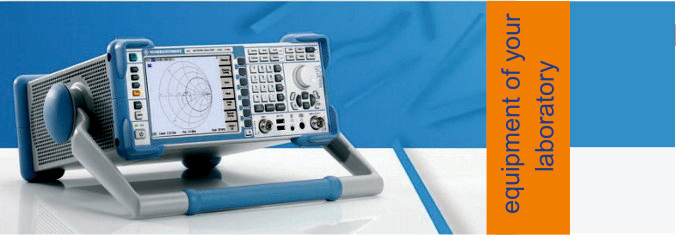
Compliant with the 802.11 standard and supported frequency bands: 802.11ax (Wi-Fi 6), 802.11ac (Wi-Fi 5), 802.11n (Wi-Fi 4), 802.11a, 802.11b/g and 2.4 GHz or 5 GHz.
Physical Bit Rate (PHY): The fastest rate at which a client can transfer data over a Wi-Fi network.
Channel Bandwidth: Maximum supported channel bandwidth. Since 802.11n, channels can be combined to create a wider channel allowing more data to be transmitted simultaneously. The 802.11n standard in the 5 GHz band allows two 20 MHz channels to be combined to form a single 40 MHz channel. The 802.11ac standard in the 5 GHz band allows you to combine four 20 MHz channels to create one 80 MHz channel.
MCS index: The Modulation and Coding Scheme (MCS) index defines the maximum data rate at which 802.11ac/n devices can connect. The 802.11ac standard uses VHT (Very High Throughput) mode, and the 802.11n standard uses HT (High Throughput) mode.
Spatial/SISO/MIMO streams: Each transmitter can simultaneously send a certain number of independent data streams, so-called spatial streams, allowing for an increase in overall throughput. The SISO (Single Input Single Output) technique uses one transmitter and one receiving antenna. The MIMO (Multiple Input Multiple Output) technique uses multiple transmitters and receiving antennas.







